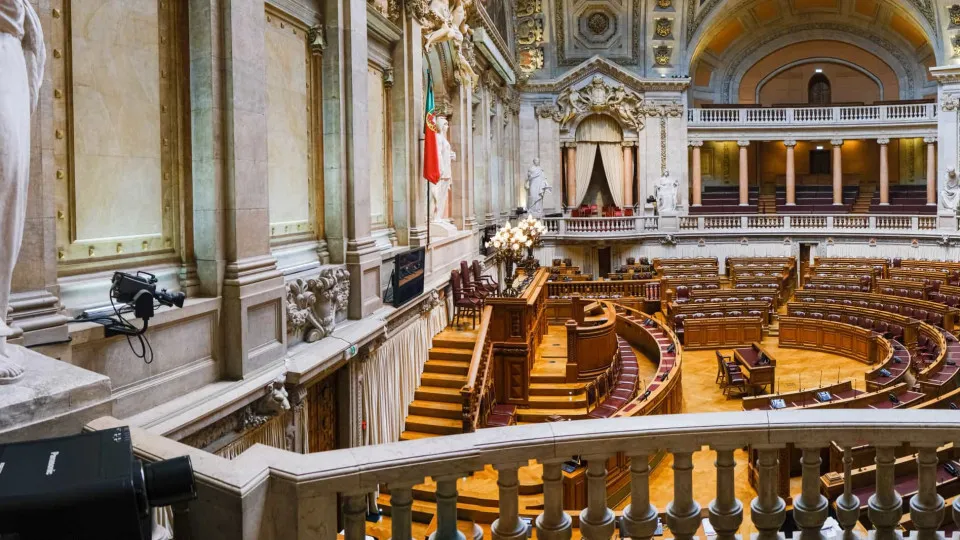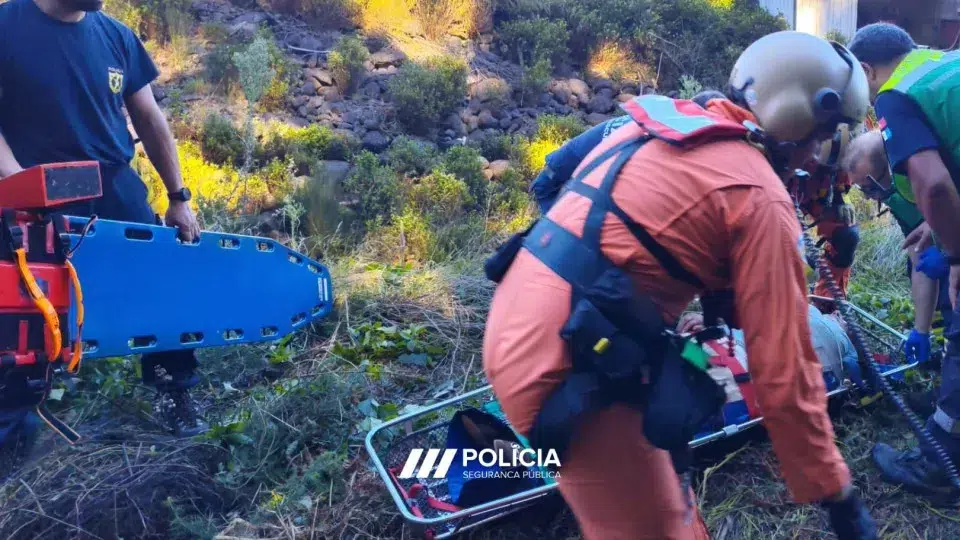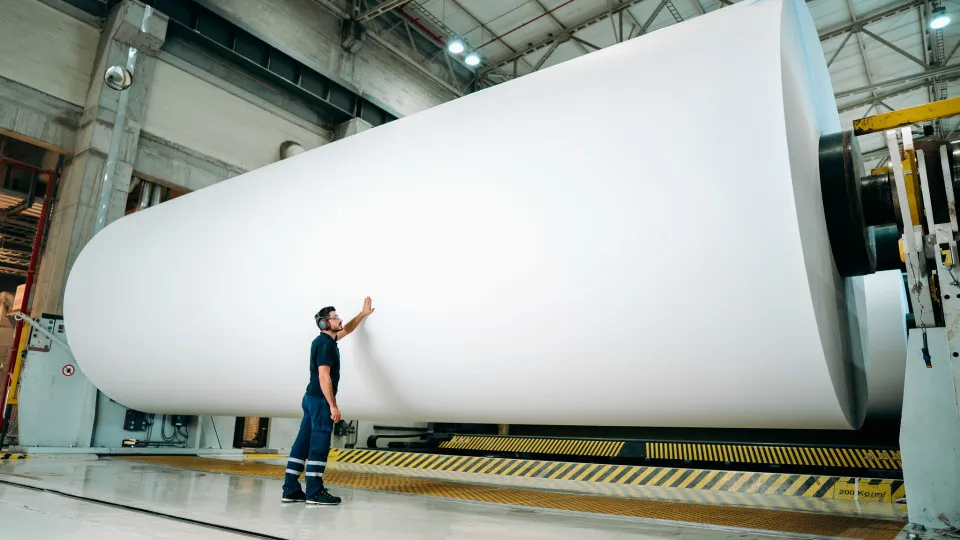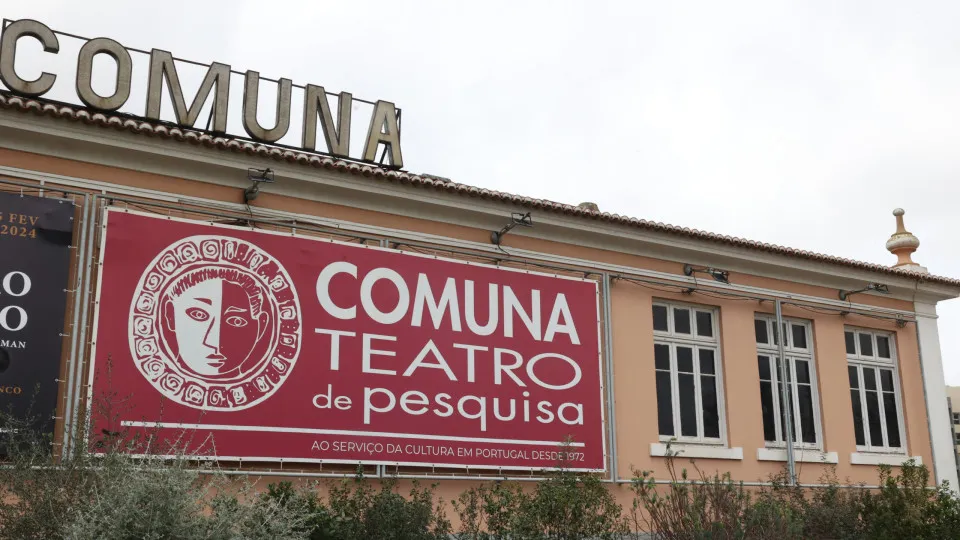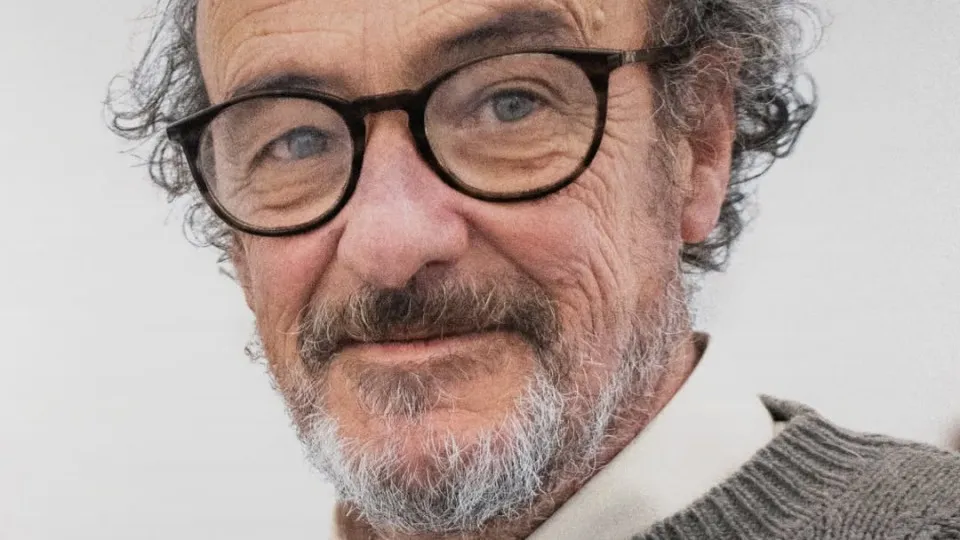
Born in Lisbon in 1957, the artist, who lived and worked in the capital, passed away following a prolonged illness, announced Galeria Miguel Nabinho on Instagram.
João Queiroz graduated in Philosophy from the University of Lisbon in 1984, before dedicating his career to art, although he began exhibiting drawings and paintings while still a student.
In 1989, he started teaching at Ar.Co – Center of Art and Visual Communication, in Lisbon, lecturing in drawing, painting, and art theory, and he was also responsible for the Advanced Course in Visual Arts at that school.
His work continuously engaged in dialogue with landscapes, not just as a romantic theme but as a starting point for exploring perception, visuality, and the construction of sight, key elements in his work.
In several interviews throughout his career, João Queiroz stated that his interest in landscapes sprang “from painting rather than a romantic interest in nature.”
Over decades of work, the artist had numerous solo exhibitions and participated in many group exhibitions. His work is featured in prestigious public and private collections, including the Calouste Gulbenkian Foundation, EDP Foundation, Luso-American Development Foundation, Serralves Foundation, and the Funchal Museum of Contemporary Art in Madeira.
João Queiroz explored experimental methods in addressing language issues in art, using the potential of words in visual compositions, and from 1998, he delved into the sensory, non-descriptive representation of landscapes and nature.
According to curators and art critics, his work is distinguished by approaching drawing and painting as daily exercises in observation, often marked by the repetition of themes, especially in the interpretation of the Portuguese landscape.
They also highlight the experimental nature of his work, the use of color and formal experimentation, and the recurring presence of natural elements represented with great freedom and sensory intensity, approaching the bounds of abstraction without crossing them.
João Queiroz is known for both painting and drawing, but the latter has always played a central and consistent role in his work as a daily exercise and a fundamental working method.
Significant solo and group exhibitions marked his career, including shows at Porta 33 (Madeira, 1994), at the Akademie der Künste (Germany, 1999), at the Calouste Gulbenkian Foundation, and at Culturgest, in Lisbon.
Notable anthological exhibitions in Portugal include ‘Silvæ’ at Culturgest, in Lisbon, in 2010, and the exhibition at the Modern Art Center of the Calouste Gulbenkian Foundation in Lisbon, in 2006, which gathered a significant collection of his work.
He also held exhibitions at the Vila Flor Cultural Center, in Guimarães (2009), and at the Quadrado Azul Gallery, in Porto (2009).
In 2012, he presented ‘Finally, It Was a Butterfly’ at the White Pavilion of the City Museum of Lisbon, having also exhibited at the Carmona e Costa Foundation and at Vera Cortês Gallery, with exhibitions recognized by critics as key moments in his artistic journey.
João Queiroz received several awards throughout his artistic career, including the EDP Drawing Award in 2000, and the International Association of Art Critics (AICA) Award, granted in 2011 for the “rigorous quality” of his work.
He was honored with the Gustavo Cordeiro Ramos Painting Prize by the National Academy of Fine Arts in 2004, and the Latin Union Award in 2001.
The Serralves Museum in Porto has scheduled the presentation of the documentary ‘João Queiroz – Instructions to Climb a Mountain’ by poet and researcher Bernardo Pinto de Almeida, on Thursday at 9:30 PM, alongside the launch of the book ‘João Queiroz. The Substance of Landscape.’
“In my view, João Queiroz is one of the greatest Portuguese artists of recent decades. Established in the late 1980s, his work has grown since then to a level that makes him one of the most original, intelligent, and mysterious artists of our contemporary age,” notes Bernardo Pinto de Almeida in a text published on the Serralves Museum’s online page.
Recognized by critics, continues the professor and essayist, “he is, nonetheless, due to his discreet temperament, less known to the public, despite being featured in major Portuguese institutional collections and some international ones.”

